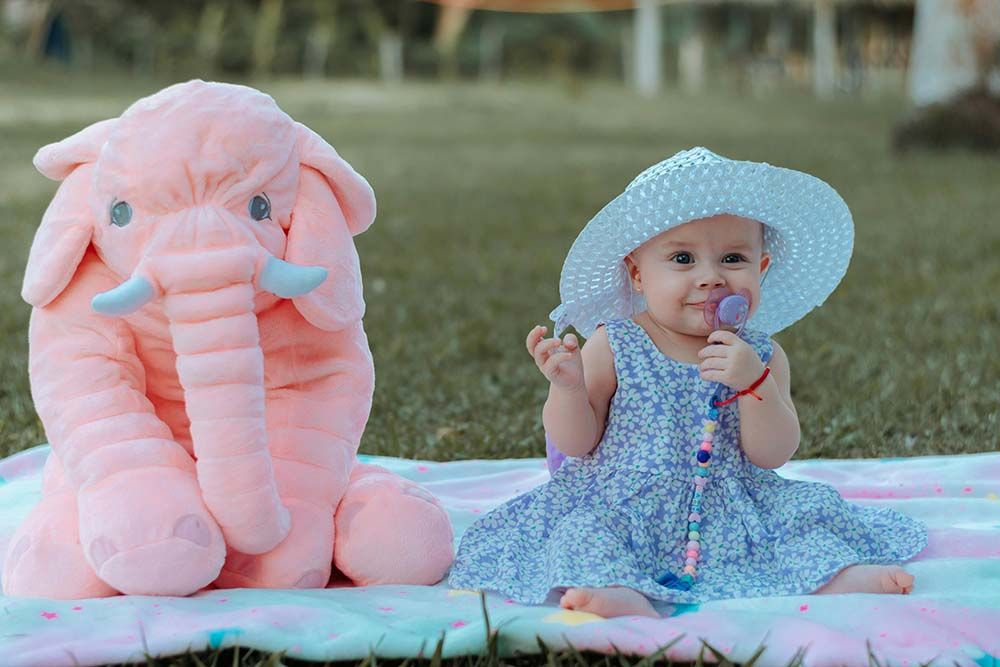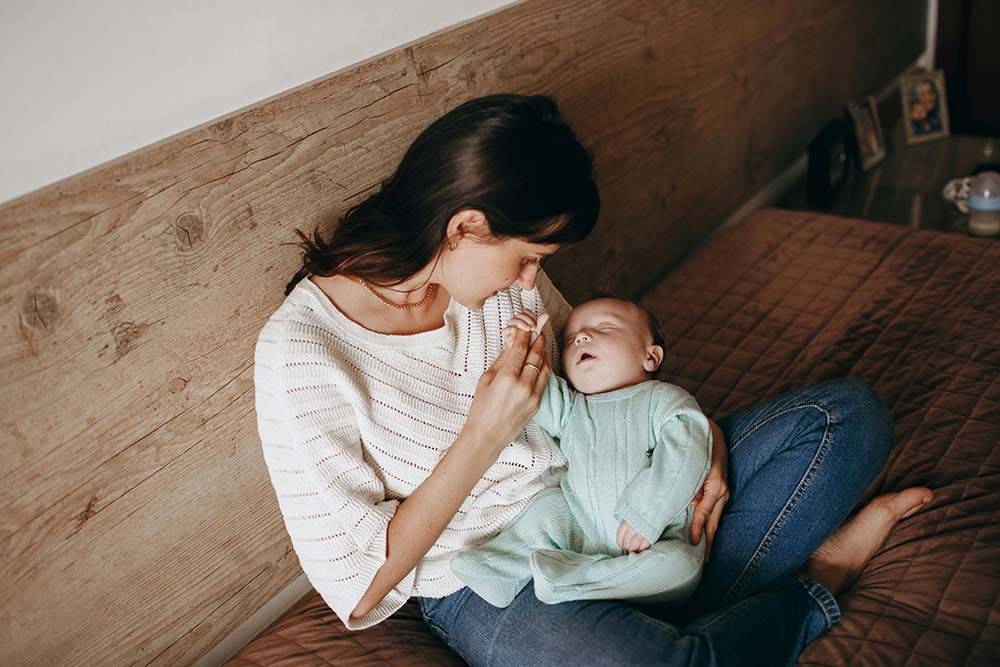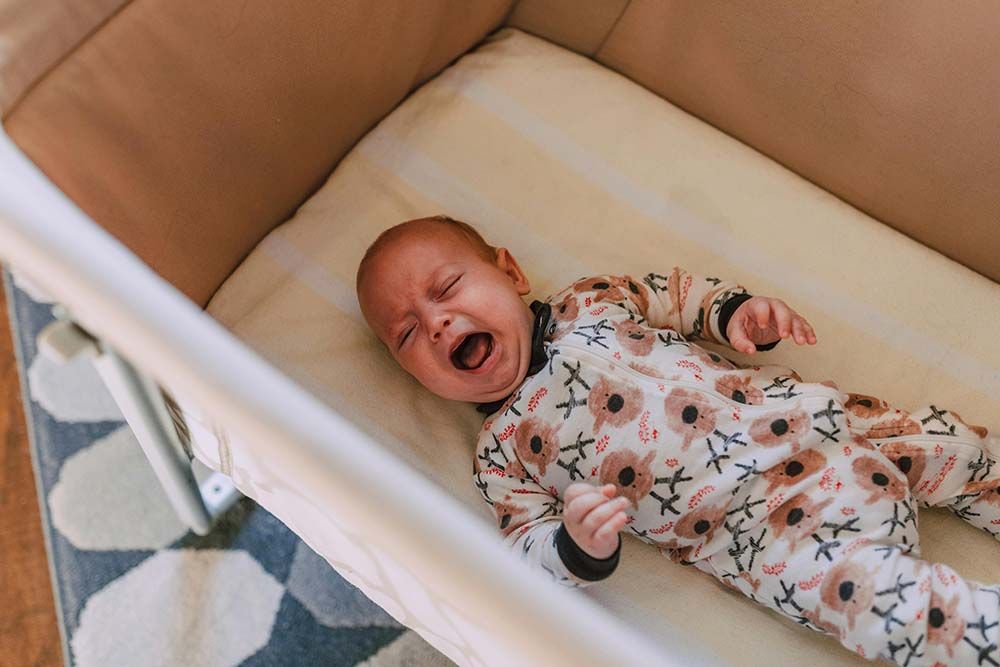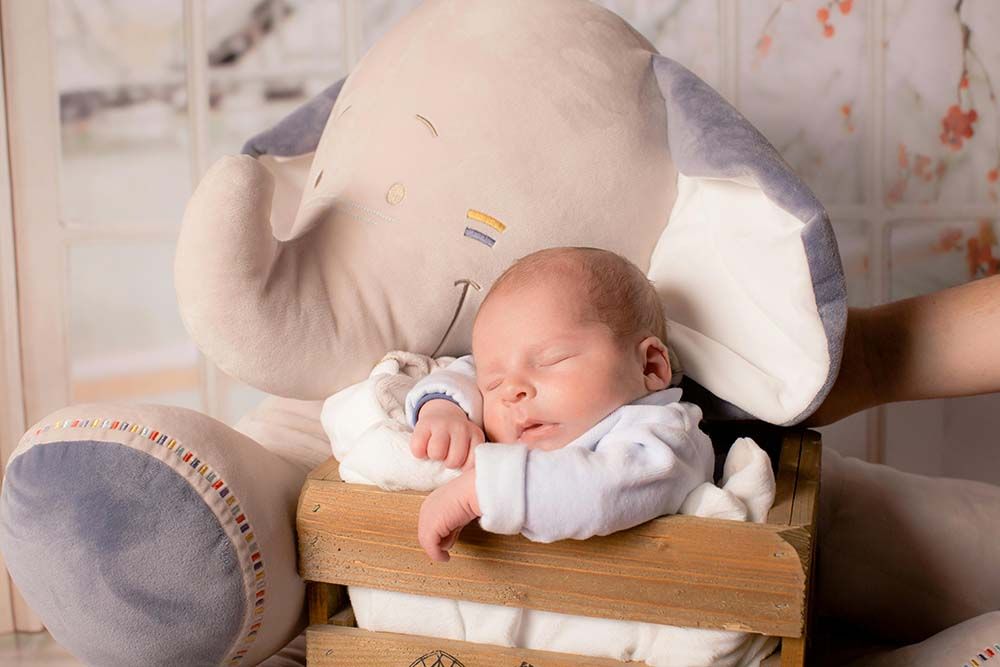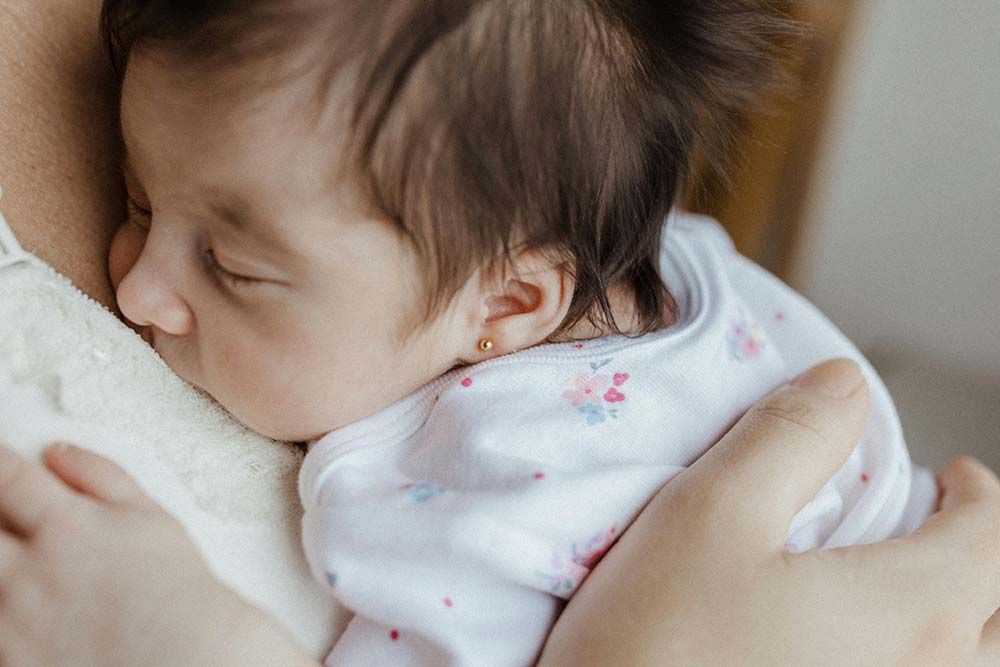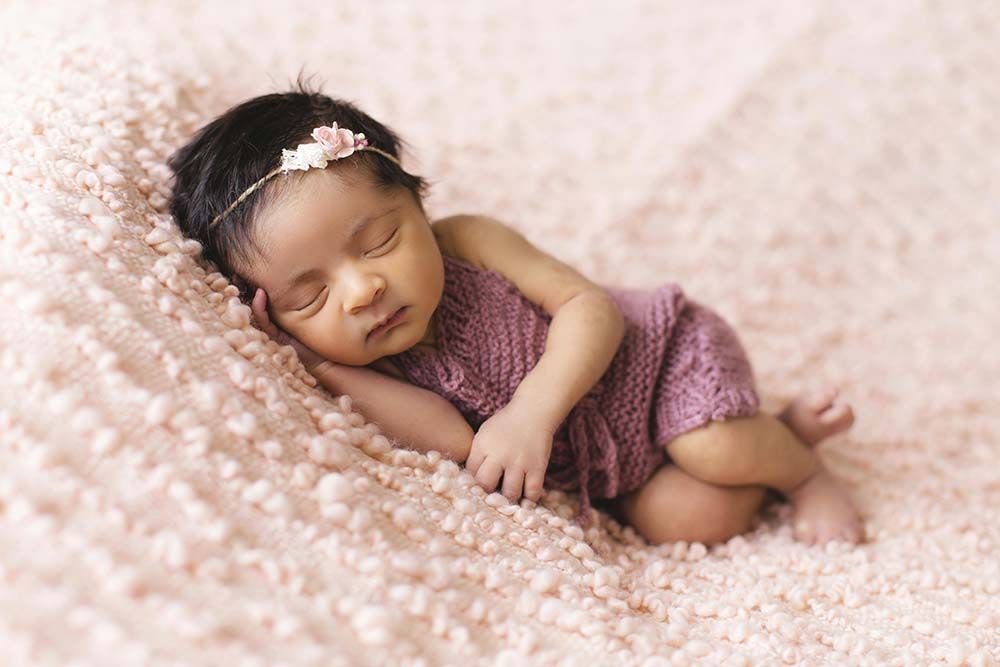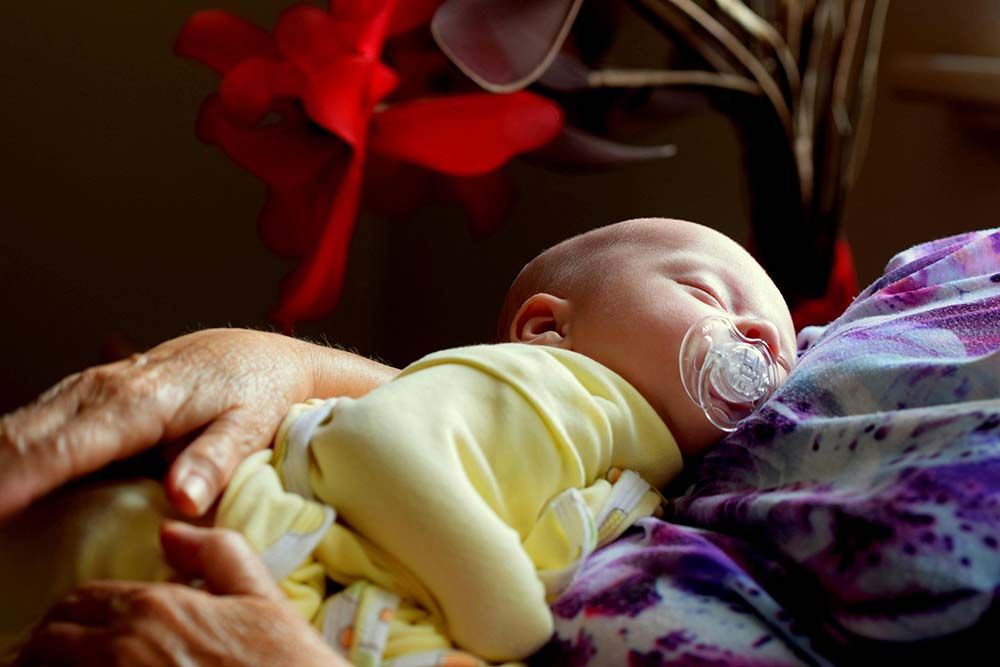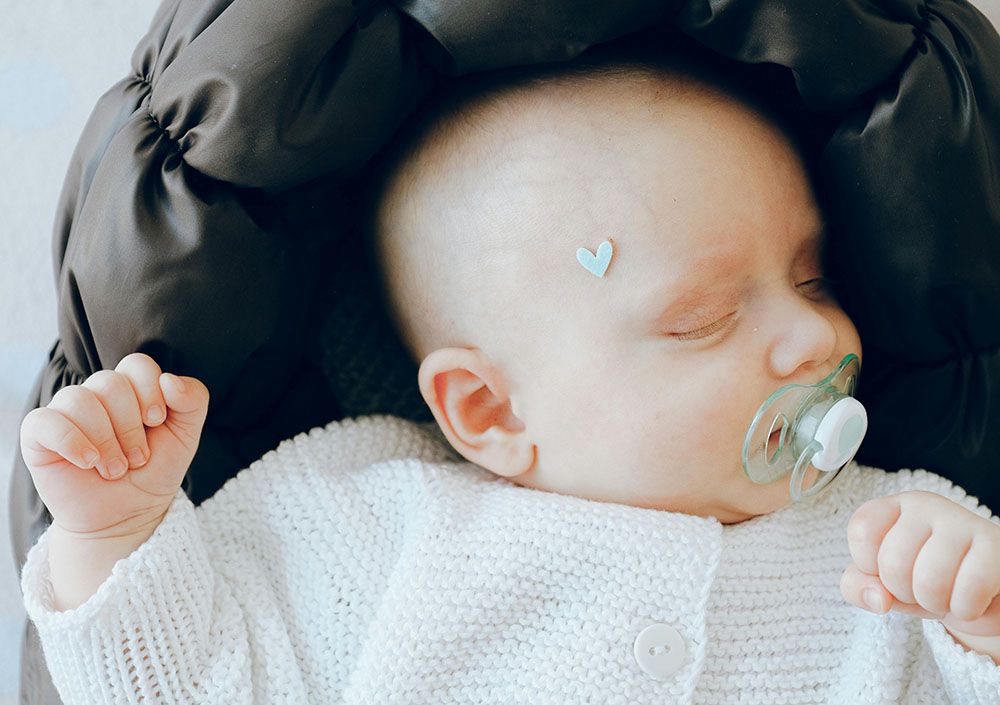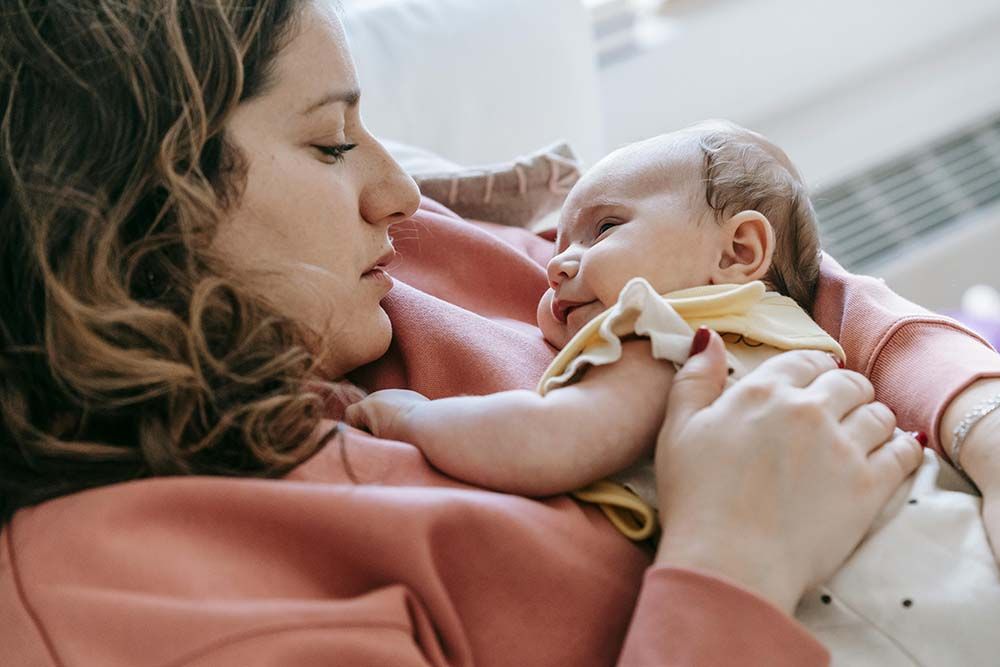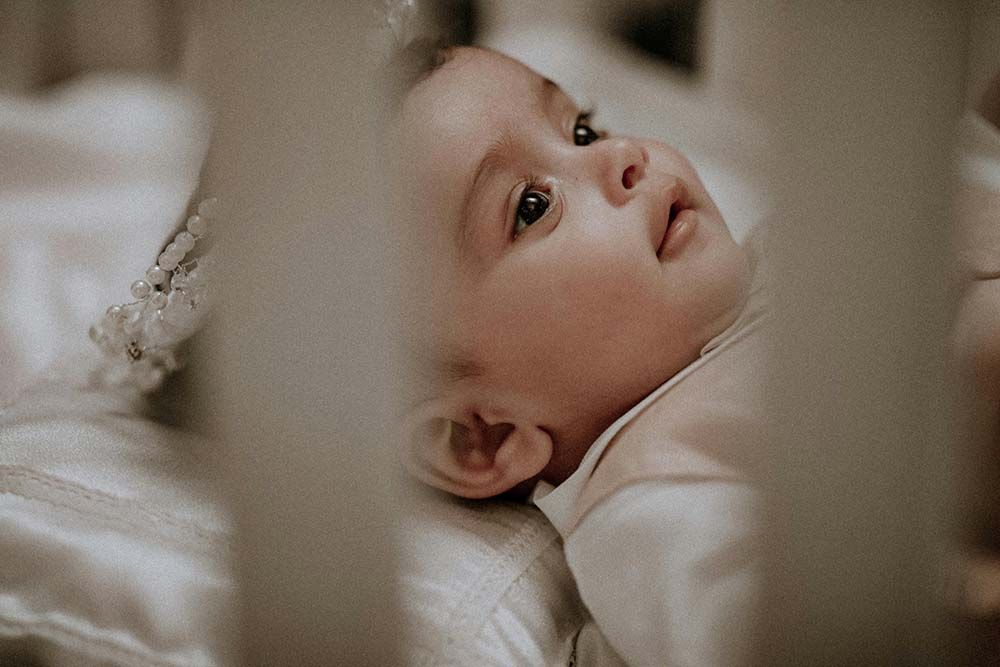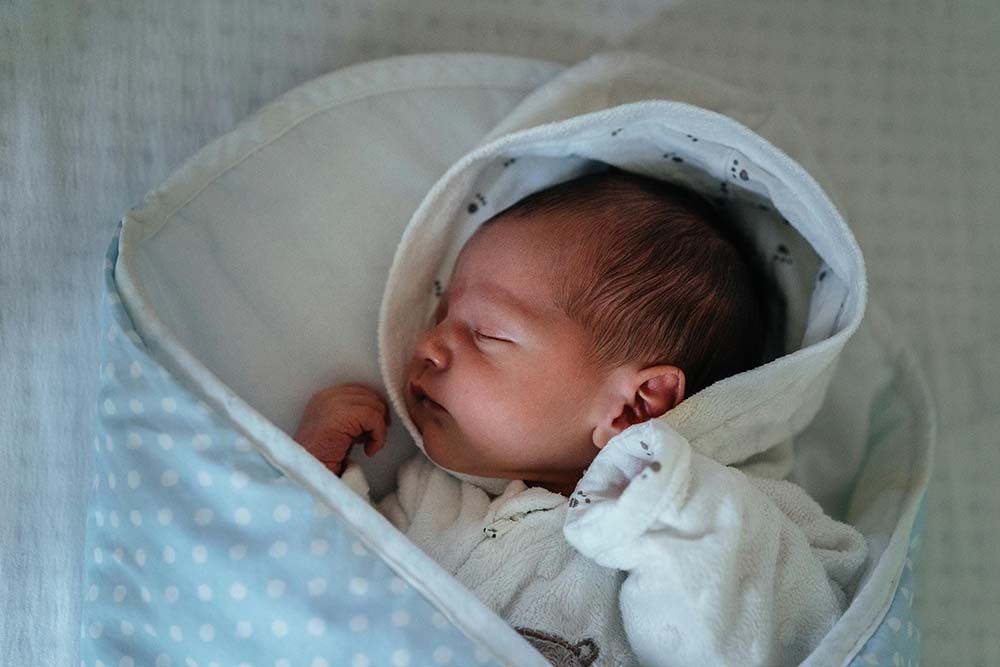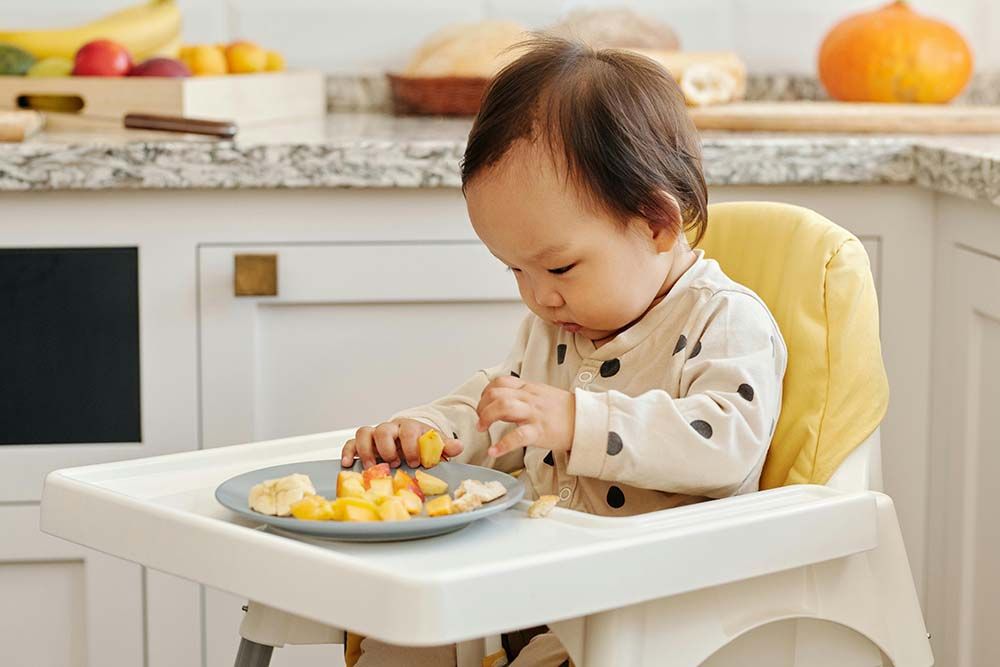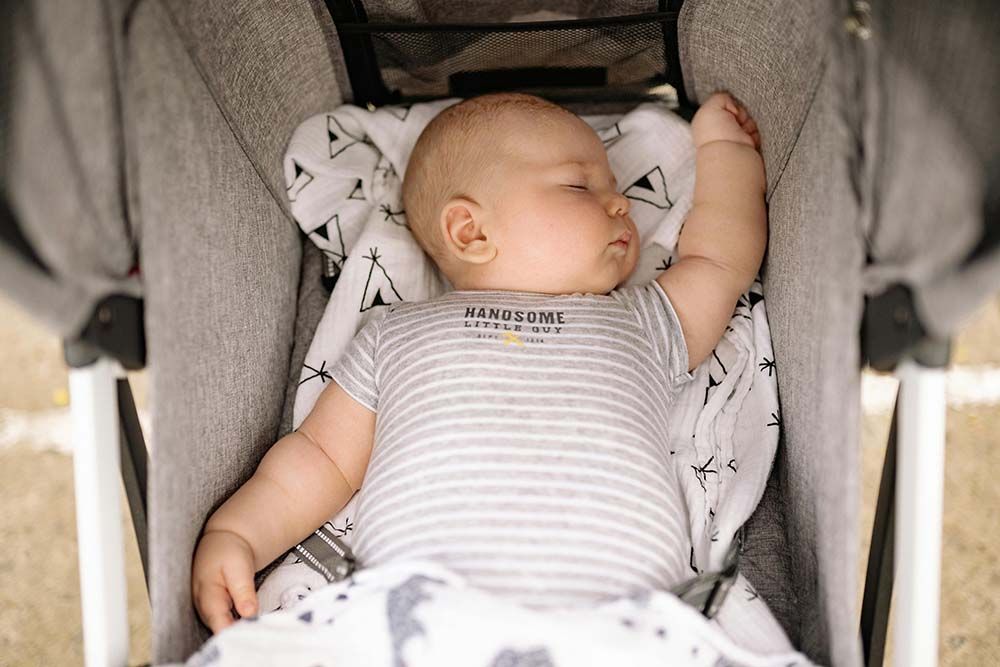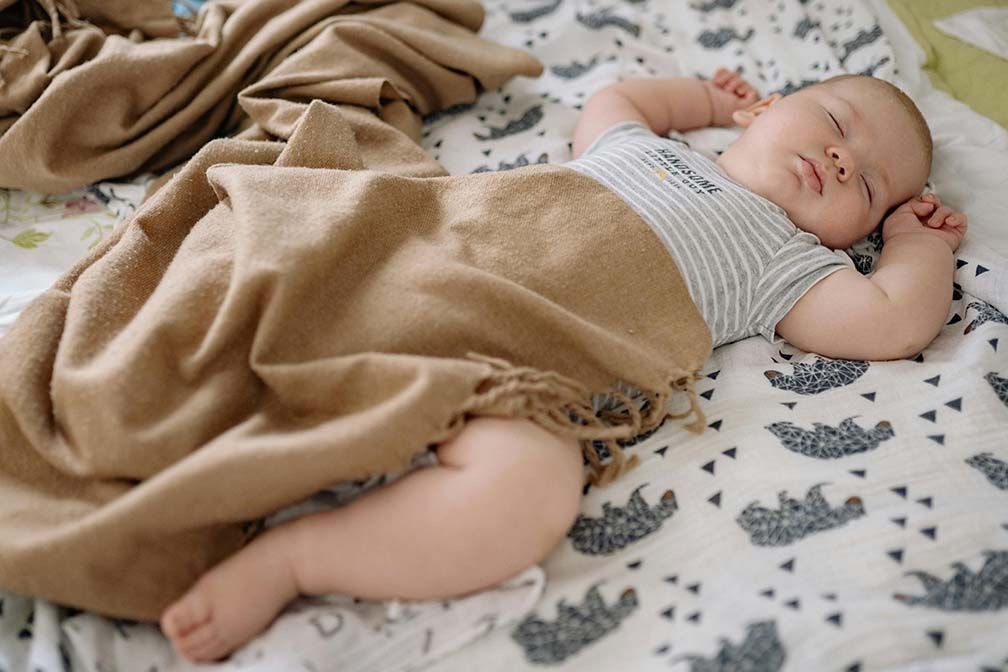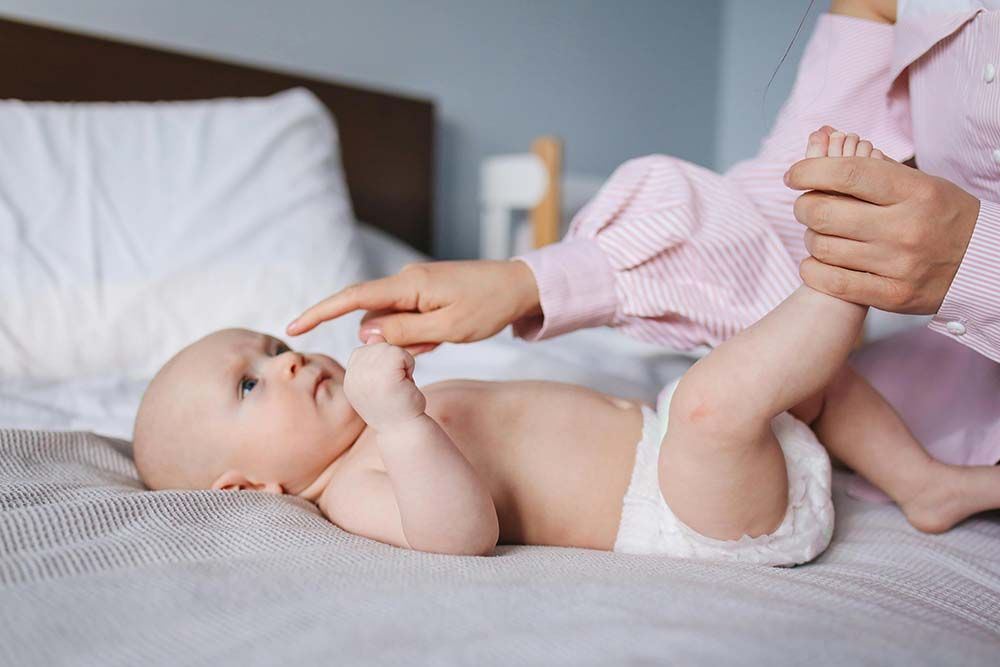

As your toddler reaches 20 months, their sleep patterns continue to evolve, presenting new challenges. This stage often marks significant transitions, such as moving from two naps to one and navigating occasional sleep regressions. In this guide, we'll explore practical tips and strategies for creating a balanced sleep schedule that supports your 20-month-old's growing independence and developmental needs, ensuring they get the restful nights they need to thrive.
To develop consistent wake windows, naps and bedtimes, welcome to use Moonycare app, which is capable of generating a scientific sleep schedule effortlessly based on your baby's personal demanding.
IN THIS ARTICLE:
What are Wake windows for a 20 Month Old?
A Sample Sleep Schedule for 20 Month Old Babies
Is There a 20 Month Sleep Regression?
What if My 20 Month Old Baby Won’t Sleep?
What are 20 Month Old Milestones?
What are Wake Windows for a 20-Month-Old?
At 20 months, your child's wake windows - periods of time they can comfortably stay awake - are critical for maintaining a balanced sleep schedule. Typically, a 20-month-old can handle wake windows of 4-6 hours. The first wake window of the day is often longer, around 5 to 6 hours, while the second one might be shortened to 4 to 5 hours. All in all, it is up to your child's individual sleep needs. You should observe the sleepy cues that your baby shows, like rubbing their eyes or getting cranky, can help you identify the appropriate wake window.
Sample 20 Month Old Sleep Schedule
To give you an idea of how to structure your day, here is a sample sleep schedule for a 20-month-old:
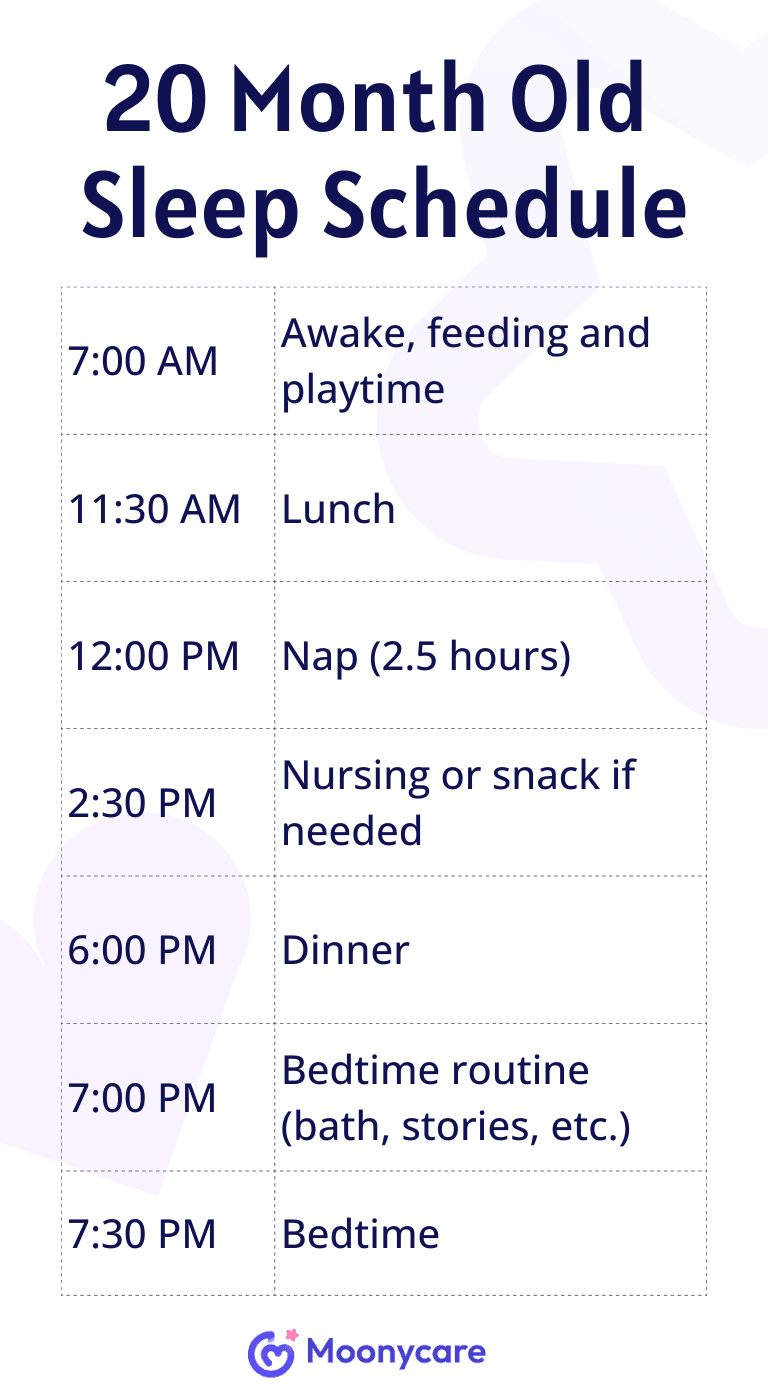
This schedule assumes one nap during the day, which is typical for most 20-month-olds. However, the exact timing may vary depending on your child's natural rhythms and family routine.
Bedtime for a 20-month-old
How Much Should a 20 Month Old Sleep?
Baby at this age generally needs about 12-14 hours of sleep in a 24-hour period. This includes one long stretch of night sleep, usually around 10-12 hours, and a daytime nap. Ensuring that your child gets the right amount of sleep is essential for their physical and cognitive development, as well as their mood and behavior during waking hours.
What Time Should a 20 Month Old Go to Bed?
For a 20-month-old, a consistent bedtime between 7:00 and 8:00 PM is generally ideal. This timing allows for a full night's sleep while ensuring that your child is ready for their nap the next day. However, the exact time can be adjusted based on your child's unique sleep needs and family schedule. If your child tends to wake up too early or struggles to fall asleep, you might consider slightly adjusting the bedtime earlier or later by 15-30 minutes. Additionally, incorporating a calming bedtime routine, such as a bath, storytime, or quiet play, can help regulate their internal clock and indicate your toddler that it's time to sleep.
Can a 20-Month-Old Baby Sleep Through the Night?
Many 20-month-olds are capable of sleeping through the night, defined as sleeping for 10-12 hours without needing parental intervention. However, it's normal for some toddlers to still wake up occasionally, especially during periods of teething, illness, or developmental changes. To address this, ensuring your child is comfortable, well-fed, and following a consistent routine can help minimize these disruptions.
Naptime for a 20-Month-Old
How Long Should a 20 Month Old Nap?
By this age, the ideal nap length is typically between 2 and 3 hours. Napping too little can lead to overtiredness, making it harder for your child to fall asleep at night. On the other hand, napping too long might interfere with bedtime, so finding the right balance is important.
How Many Naps are Expected for a 20 Month Old?
At 20 months, the majority of children are down to one nap per day. This nap usually occurs in the early afternoon and serves as a crucial recharge period for the rest of the day. While some children may still occasionally need two naps, particularly if they're going through a growth spurt or have had a particularly active morning, most will thrive on a single, longer nap.
Is There a 20 Month Sleep Regression?
Babies may indeed experience sleep regression when they are 20 months old. But not every baby will encounter this phenomenon at this age. Sleep regression is a common physiological phenomenon in the development of infants and young children, and typically occurs when babies are 4, 8, 12, and 18 months old. During these periods, babies may experience changes in sleep patterns due to rapid and crucial periods of growth and psychological development, which may manifest as difficulty falling asleep, waking up easily, waking up early, or even difficulty falling asleep. As for 20-month-old babies, their brains may still be in an excited state at night due to the development of cognitive abilities, language and social skills, new things learned, daytime experiences, etc., and they may also be affected by night terrors, nightmares, teething, or separation anxiety. Therefore, it is possible for babies to experience sleep regression when they are 20 months old. Parents should patiently observe their babies' needs and provide appropriate comfort and guidance to help their babies get through this period smoothly. But, don’t be too overwhelmed, because this phase won’t last too long.
Then, what are the 20 month sleep regression signs?
We have collected some 20 month sleep regression signs below to help new parents recognize whether their babies at this age are experiencing a regression.
- Frequent night wakings: Your baby wakes up more often at night, may cry frequently, and is difficult to soothe to fall back asleep.
- Difficulty falling asleep: Your baby may take longer to be coaxed to sleep, or may resist falling asleep.
- Early awakenings: Your baby wakes up earlier than usual, may start to move at 4 or 5 a.m., and cannot continue to sleep.
- Shortened or irregular sleep time: Your baby may have fewer naps during the day and fewer total nighttime sleep. Among them, daytime naps become irregular, or they refuse to nap at all.
- Deteriorated sleep quality: Your baby may sleep restlessly, easily turn over or cry.
- Day and night reversal: Your baby may experience a day and night reversal, sleeping during the day and not sleeping at night.
- Abnormal emotions: Due to poor sleep quality, your baby may be irritable, cry frequently, or be particularly clingy, making it difficult for parents to soothe him.
- Changed response to soothing methods: Previously effective soothing methods, such as patting, singing, feeding, etc., may be greatly reduced in effectiveness during the sleep regression period. The baby may not be interested in these comforting methods, or even resist and continue to cry.
- More dependence on adults: The baby may be more dependent on parents and need more company and comfort to fall asleep.
- Increased resistance behavior: In the past, the baby may be able to lie in bed relatively quietly and fall asleep slowly after the bedtime routine (such as bathing, telling stories, listening to soft music). But during the sleep regression period, the baby may show strong resistance. Fear caused by changes in the environment makes him resist sleeping.
- Changes in appetite: The baby may get hungry faster than usual and his appetite may change.
What if My 20 Month Old Baby Won’t Sleep?
When a 20-month-old baby is reluctant to sleep, the most important thing is to stay calm and patient. And the following methods may also be effective for you to deal with different situations when your baby have sleep issues.
1. Create a comfortable sleeping environment: A quiet, dark and temperature-appropriate sleeping environment can promote the baby's sleep. At the same time, make sure the baby is wearing comfortable clothes, use a quilt or sleeping bag suitable for the season, and avoid bedding that is too thick or too thin.
2. Deal with separation anxiety: Babies around 20 months old are at the peak of separation anxiety. They may feel uneasy about being separated from their parents, especially when they wake up before bed or at night. Before bed and at night, try to be gentle and tell your baby that you are nearby to help them build trust. You can give them a comfort toy or blanket as an emotional sustenance.
3. Adjust daytime activities and naps: The amount of daytime activities and nap time will affect the baby's sleep quality at night. It is recommended to increase the amount of daytime activities, because proper physical exertion will help the baby fall asleep faster at night. Also, control the nap time to avoid too late in the evening or long naps that affect nighttime sleep.
4. Dealing with night terrors or nightmares: Babies as young as 20 months may begin to experience night terrors or nightmares, which may cause them to wake up suddenly during the night and act fearful or restless. Night terrors usually occur during the deep sleep stage, when babies are not fully awake. If this happens to your baby, try to stay calm and don't try to wake them up. Gently comfort your baby until they calm down naturally. If your baby wakes up, you can gently comfort them and tell them that it was just a dream to help them fall asleep again.
5. Check for physical discomfort: If your baby is reluctant to sleep, it may be caused by physical discomfort, such as teething, flatulence, eczema, or other health problems. Watch for signs of physical discomfort, and if your baby shows other abnormal symptoms, seek medical attention for professional treatment.
What are 20 Month Old Milestones?
At this stage, your baby will reach many important developmental milestones. Here are some key milestones:
Movements:
Walking: Your baby can walk independently and even start to learn to walk up and down stairs.
Running: Your baby may start to try to run, although he or she may not be very stable yet.
Jumping: Your baby may learn to jump, which is an important progress in movement.
Fine Motor Skills:
Hand Coordination: Your baby can grasp small objects and pick things up using the thumb and index finger.
Stacking Toys: Your baby may be able to stack three or four toys on top of each other.
Language Development:
Vocabulary: Your baby may say up to 50 words and begin to ask simple questions
Understanding Directions: Your baby can understand simple instructions and have simple conversations
Expressing Needs: Your baby begins to express his or her needs and wishes more actively, such as wanting a certain food, toy, or activity. They may make communications through words, gestures, or crying.
Social and emotional development:
Self-awareness: Babies begin to have a stronger sense of self, and can distinguish between themselves and others. They will show curiosity about their bodies and appearance.
Attachment: Babies establish a strong attachment relationship with their parents and primary caregivers, and may show separation anxiety.
Social interaction: Babies begin to interact with other children and show a tendency to share and cooperate.
Emotional expression: Babies have a richer emotional world and will show a variety of emotions, such as happiness, sadness, anger, jealousy, etc.
Cognitive development:
Problem-solving ability: Babies begin to show problem-solving ability, such as trying to open toys in different ways.
Imitation ability: Babies will imitate the behavior and language of their parents and other people around them.
Shape and color recognition: Babies can begin to distinguish some basic shapes, such as circles, squares, and triangles. They can also initially recognize some common colors, such as red, blue, and green.
More Related Questions
1. What to do if you have 20-Month-Old Twins?
Taking care of a pair of 20-month-old twin babies’ sleep is indeed full of challenges. First, seek help from family members and divide the work. For example, dad is responsible for soothing one baby, mom is responsible for the other, and other family members take turns to take care of them, so that not only the baby can get enough rest, but also the whole family have time to rest. If you feel that taking care of twins is too stressful, you can consider hiring an experienced confinement nanny to help you share some of the work.
Second, avoid interference between the twins. If conditions permit, consider letting the twins sleep in different rooms. This can not only reduce interference between them, but also help each baby fall asleep independently and reduce dependence on each other. If two babies sleep in the same room, make sure there is enough space between their beds to avoid disturbing each other, especially if one baby is easily affected by the other baby (such as crying or rolling over).
In addition, try to unify the schedule and let the two babies take naps and go to bed at the same time. This may take some time to adjust, especially if the biological clocks of the two babies are slightly different. But also pay attention to their individual differences, which requires parents to respond flexibly according to the actual situation. One baby may fall asleep faster, and the other may need more soothing time. If one baby is still playing or talking excitedly, it may disturb the other baby's sleep. In this case, you can temporarily separate them and take the noisy baby to another room and bring him back after he falls asleep. In addition, if one baby no longer needs a daytime nap, but the other baby still needs it, you can provide a quiet rest time for the latter while letting the former do other activities.
2. Can a 20-Month-Old Sleep in a Crib?
At 20 months, many toddlers are still sleeping in a crib, which is recommended for safety. However, if your child is attempting to climb out, it may be time to transition to a toddler bed. This change should be approached with patience and consistency to ensure a smooth adjustment.
3. Can a 20-Month-Old Sleep with a Pillow?
Generally speaking, although it is safe to introduce a pillow at 20 months, it's not necessary. Many toddlers at this age are perfectly comfortable without one. If you do choose to introduce a pillow, make sure it's small, firm, and specifically designed for toddlers to reduce the risk of suffocation or discomfort during sleep.




